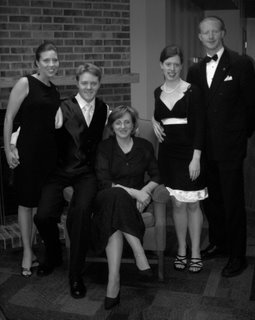Facebook Intro - Results
Usage of Facebook
The study found widespread usage of Facebook. Not only did all of the surveyed students possess an account on Facebook, but 92% also stated that they had accessed it at least once in the past month; 35% of the students admitted to using it daily. Only two of the students, however, had ever used Facebook to meet a stranger before.
Knowledge Introduction Process
A statistical analysis revealed significant differences in all conditions, indicating that the average number of Facebook-related, highlighted utterances varied based on whether or not the participant had prior access to their partner's Facebook profile. In other words, if both participants had access to each other's Facebook profiles, students tended to highlight significantly more utterances than either of the individuals in the one-way Facebook condition. This finding can be taken as evidence that Facebook-inspired common ground was introduced into the conversations. Somewhat surprisingly, the individuals in the one-way condition without Facebook access, even after they were told that their partners had looked at their Facebook profiles, tended not to believe that Facebook had contributed at all to their conversation. It is also notable that, across conditions, questions were often interpreted differently by the participants. For example, in the mutual-Facebook condition, the question "what is your major?" was highlighted as a Facebook-related utterance, while in the one-way Facebook condition, the same question was often not highlighted by either of the individuals.
Our coding revealed that the common ground-related information typically introduced in the conversations tended to be academic, personal, or about interests or friends. The participants tended to introduce this information by asking or answering probes, by making explicit references to Facebook, or by making casual references to Facebook-obtained information. While casual references were fairly common, what was particularly surprising was the discovery that 76% of dyads engaged in some form of probing behavior, while only 20% made explicit references to Facebook. One possible explanation for this finding rests in
If so, our research may indicate that communicators to some degree use Facebook-obtained information to inform and improve their social interactions.
Of the dyads that used probes to introduce some kind of information, X% of them ended up explicitly mentioning Facebook somewhere in their conversations. Y% of the dyads that used casual references ended up using explicit references as well. The overall number of highlighted references of those whom explicitly mention Facebook was much higher than those whom exclusively used either a probing strategy or casual mentions, suggesting perhaps that after hesitations about the equity-disturbing effects of mentioning Facebook as a source of information have been allayed, the participants were better able to reflect and attribute certain utterances to Facebook.













